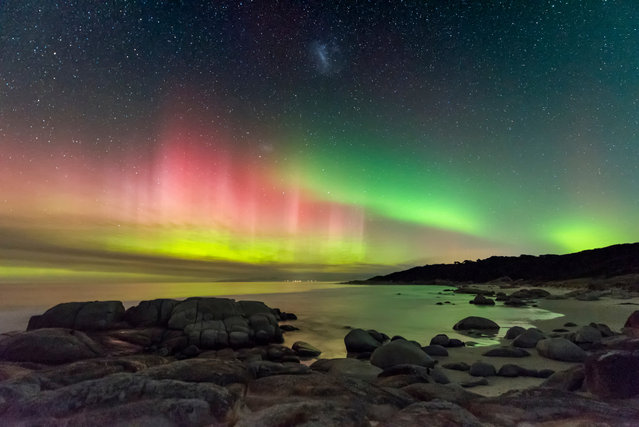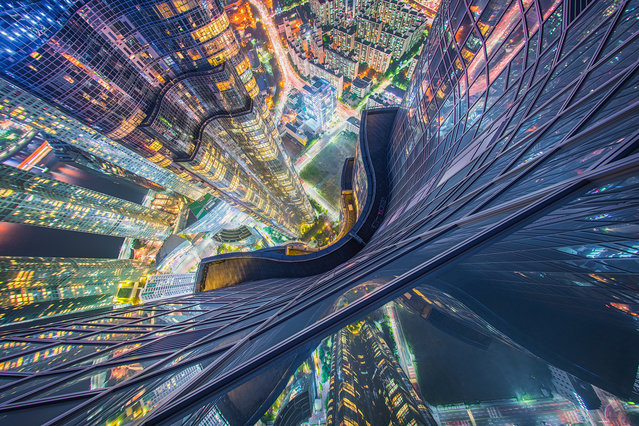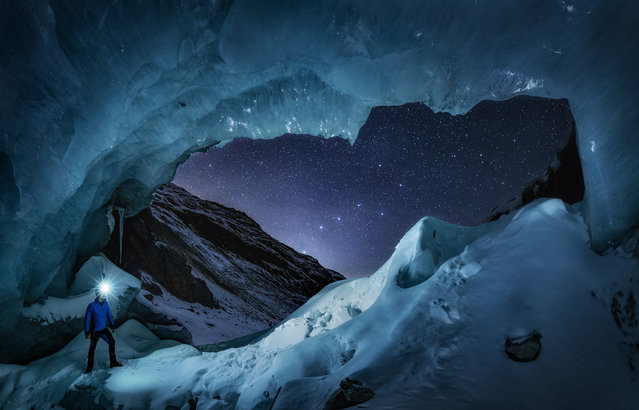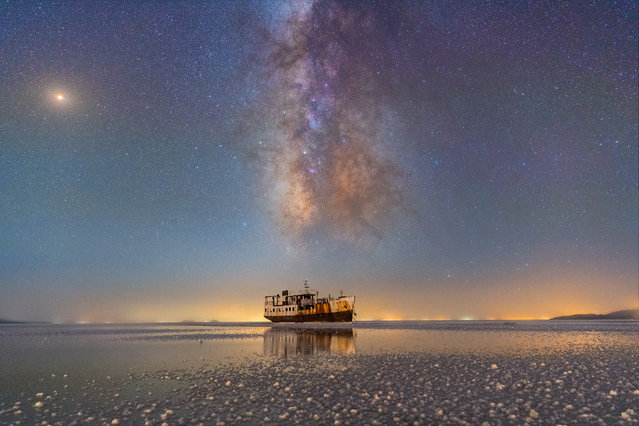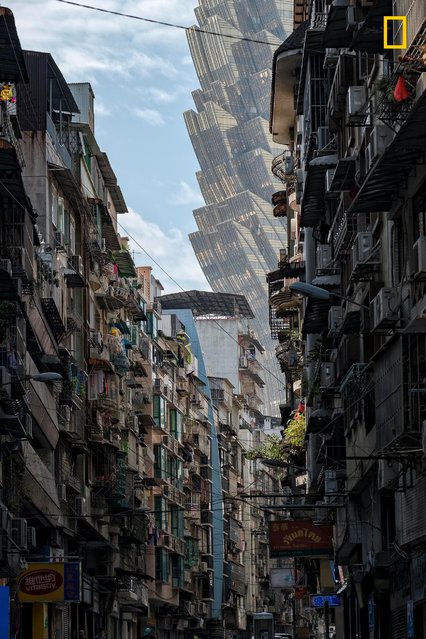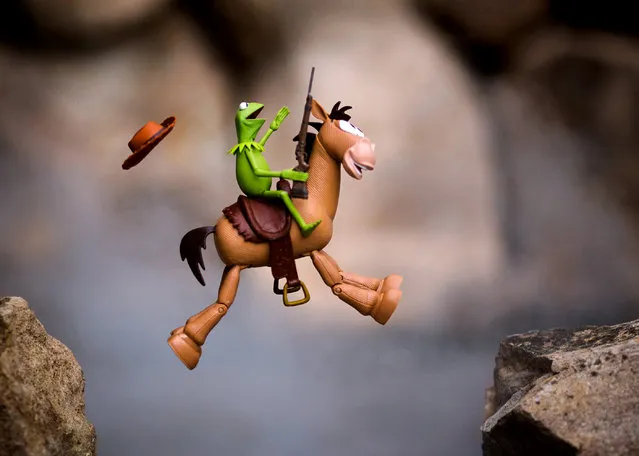
A creative Dad brings family-favourite cartoon characters to life by putting them into hilarious situations. You would be forgiven for thinking that the following images are created using Photoshop – but complete with real fire and coffee splashes, Mitchel Wuís images are all shot in real-time. Using plastic toy characters from family-favourite films such as Toy Story, Star Wars, ET and The Muppets, the California-based photographer puts the plastic characters into surreal situations. (Photo by Mitchel Wu/Barcroft Images)
31 Mar 2017 08:29:00,post received
0 comments

